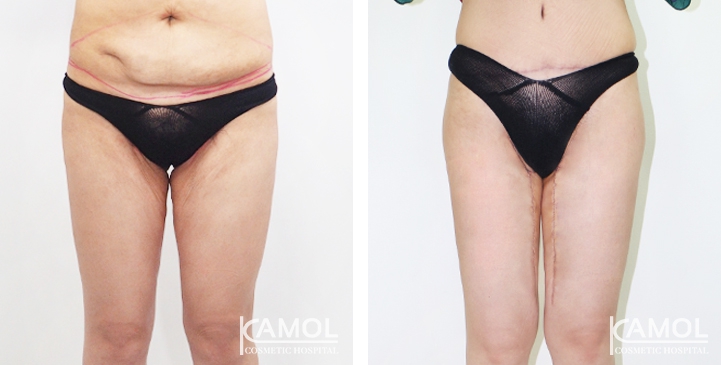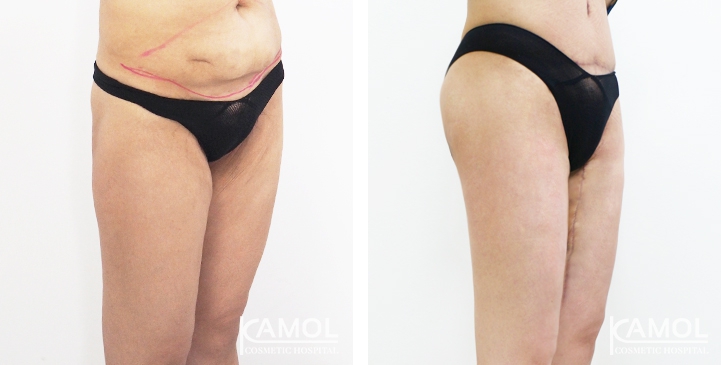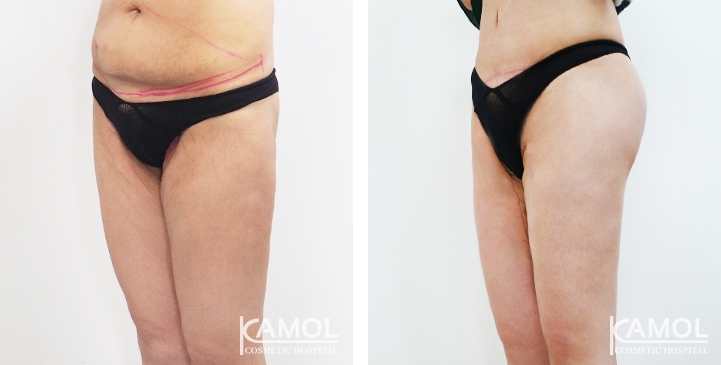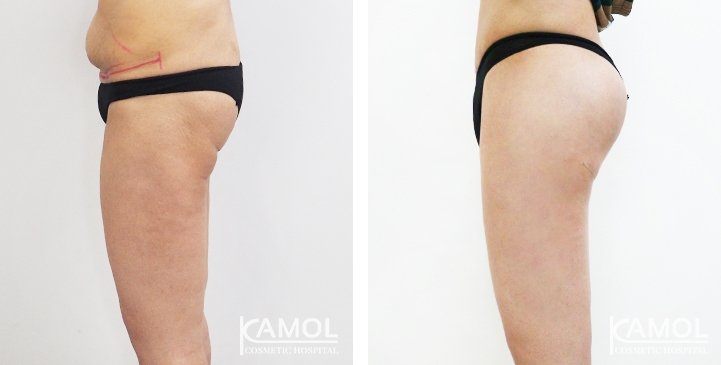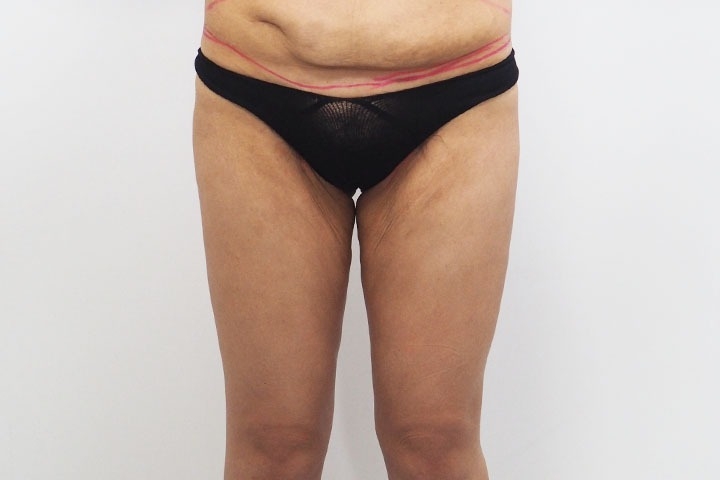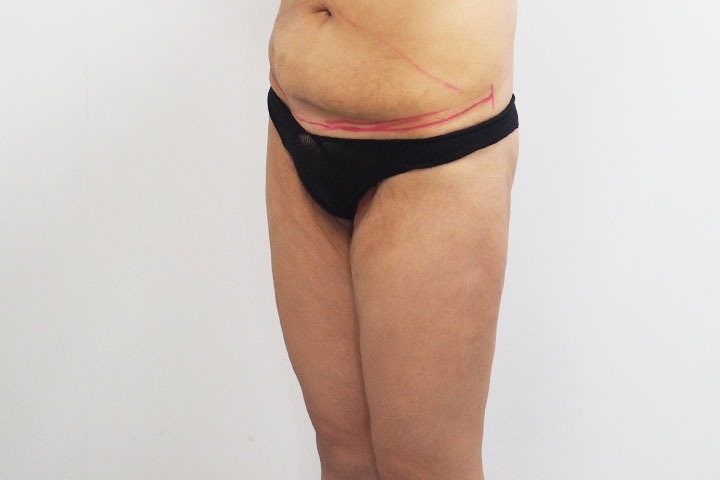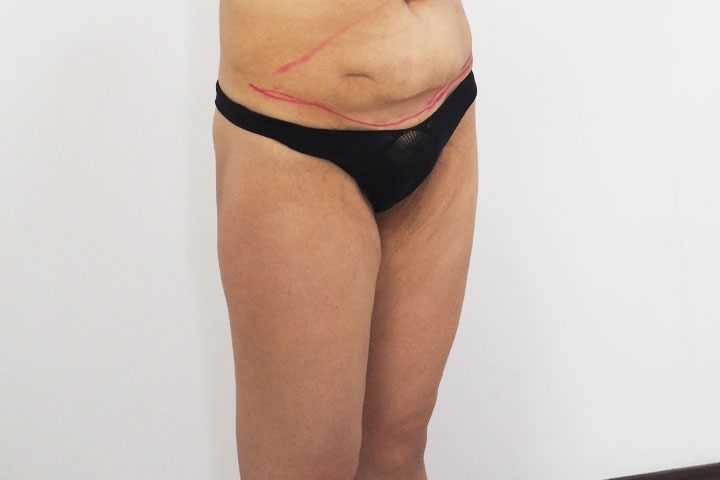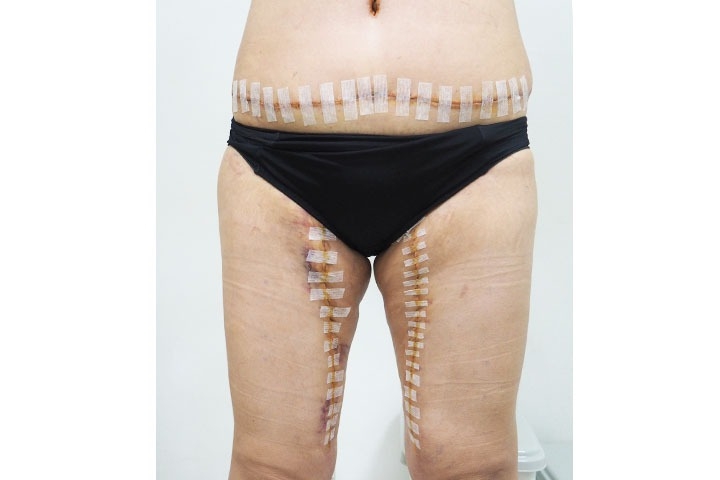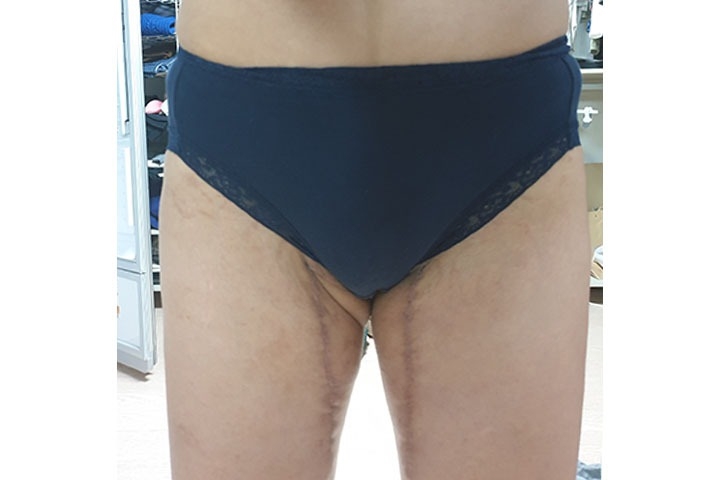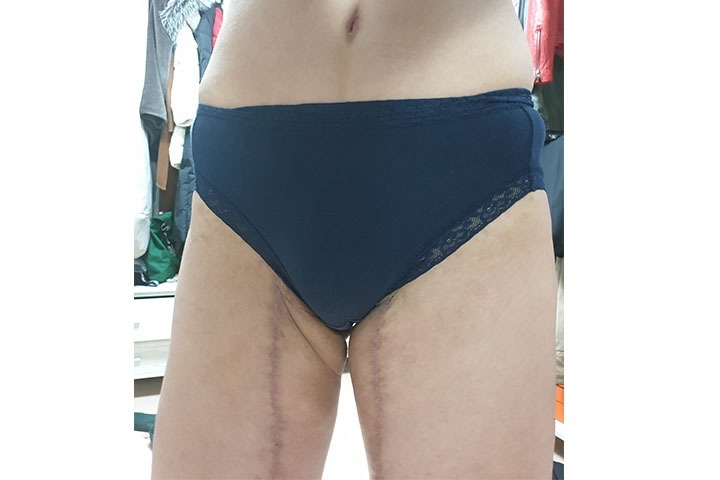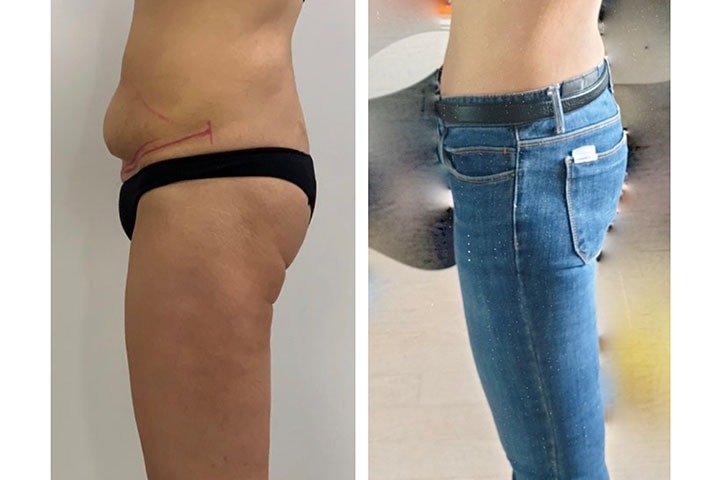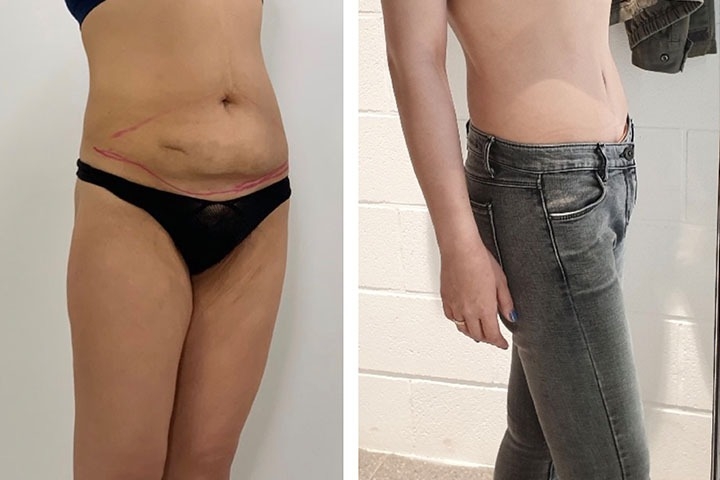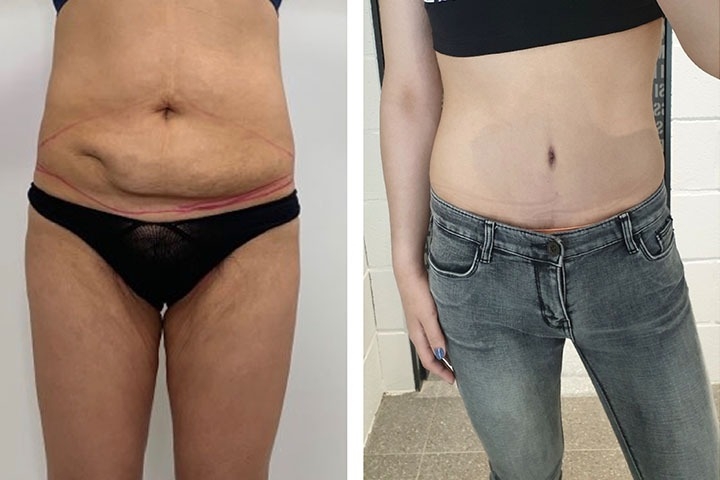Thigh Lift Surgery in Bangkok, Thailand
A Thigh lift is a surgical procedure that removes excess skin and fat from either the inner or outer thighs. This surgery is often a desirable procedure after extensive weight loss, and when dieting or exercise fails to firm the loose skin. Liposuction may use as an adjustment to the contouring of the inner thigh. If you are committed to maintaining a healthy lifestyle and moderate weight, a thigh lift can help you regain the youthful thigh contours you desire.
A Good Candidate for Thigh Lift
- You have sagging or excess skin of thighs.
- Healthy
- Realistic expectations can accept the incision scar of a thigh lift.
- Nonsmoking
Preparation for Thigh lift surgery
- Consult the surgeon to your goals, with a physical examination, lab test, chest x-ray, and a medical evaluation
- Take certain medications or adjust your current medications as instructed by your surgeon
- Stop smoking before and after surgery two weeks
- Avoid taking aspirin, anti-inflammatory drugs, and herbal supplements as they can increase bleeding
Thigh lift Procedure:
- The surgery performs under general anesthesia.
- The surgeon marks the incisions for the removal of excess skin and fat. Depending on the amount you desire, the incision may extend around the thigh or only part of the way around the inner thigh.
- After the incision has been made, the surgeon elevates the skin and fat off the thighs' underlying muscles, then removes excess skin and fat for reshaping the thighs. Drains may be placed beneath the incision.
- The incisions are carefully closed in multiple layers of strong sutures to minimize your scar. The surgeon uses a technique in which the sutures are beneath the skin and absorb by your body. The skin will be stitched.
Thigh lift operation takes approximately 4-5 hours.
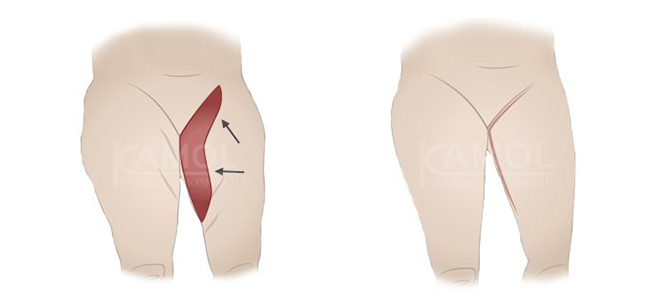
Picture 1. Shows inner thigh incision and scar
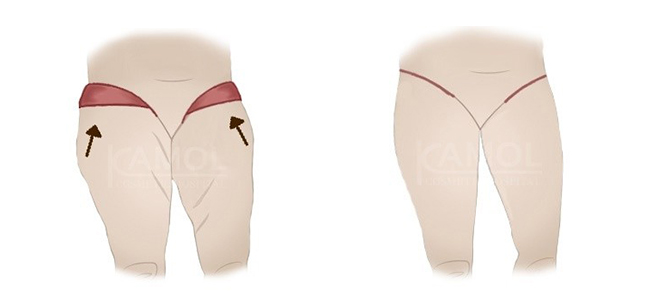
Picture 2. Shows outer thigh incision and scar
Postoperative care for Thigh lift
- Wear compression garment to support the thighs and decrease swelling for at least 6-8 weeks
- During the healing, you need to up your knee between sleeping to reduce swelling.
- A typical symptom will experience following surgery, such as bruising, swelling, and some pain within a few weeks, and contact your surgeon if pain, redness, and swelling, is typical or sign of a problem.
- Take stitches off after surgery seven days.
- Follow up all appointments.
- Avoid strenuous activity that interferes with the thighs to prevent the wound rupture. At least for six weeks.
Risks and complications
- Incision scars
- The incision scar is quite long, and wound dressings are required every day to prevent infection.
- Patients must wear compression garments are required 24 hours every day for at least one month. The compression garment helps to support your legs during healing, decreasing postoperative swelling, and preventing scar.
- Poor wound healing, maybe the wound rupture. The suture will occur again.
- Fluid accumulation (seroma)
- Damage the deeper structures such as nerves, blood vessels, and muscles
- The fat and tissue necrosis.
- Numbness or decrease in the skin sensation
- Painful will occur after surgery.
- Asymmetry.
Thigh lift recovery:
A sterile dressing is applied to the incisions every day, and a compression garment is worn your thighs at least one month. This compression garment helps support your legs during healing, decreases postoperative swelling, and helps reduce any bruising that may occur. You can return to work after surgery one week but avoid strenuous activities for six weeks. The scars will be visible, but they can fade out for one year.
Getting to Know for Thigh Lift Surgery
Instruction of thigh lift surgery
Instruction of thigh lift surgery
How painful is thigh lift surgery?
How painful is thigh lift surgery?
Thigh lift after sleeve gastrectomy
Thigh lift after sleeve gastrectomy
Before & After Thigh Lift
Reviews: Thigh Lift
What are the risks associated with the Thigh Lift procedure?
A thigh lift, like any surgical procedure, carries certain risks. Some possible risks and complications include:
- Infection: Any surgical procedure carries a risk of infection. This can be minimized by following your surgeon's post-operative instructions and by keeping the incision site clean and dry.
- Hematoma or seroma: These are collections of blood or fluid that can occur under the skin after surgery. These can be treated with medication or by reopening the incision.
- Numbness or tingling: Numbness or tingling in the skin of the thigh is a common temporary side effect of a thigh lift.
- Scarring: Scars will be visible after the procedure, but they will typically fade over time.
- Blood clots: Blood clots can occur in the legs or lungs after any surgery, and in rare cases, can be fatal.
- Anesthesia risk: As with any surgical procedure that requires anesthesia, there is a risk of complications from the anesthesia
- Unsatisfying results: The surgery may not meet the patient's expectation, either due to the patient's unrealistic expectation or due to the surgeon's technical issues.
- Asymmetry: Because everyone's body is unique, it is possible that the final result may not be symmetrical, leading to dissatisfaction with the outcome.
It's important to discuss these risks with your surgeon in advance, to understand the potential risks and to make an informed decision about whether or not to proceed with the surgery.





